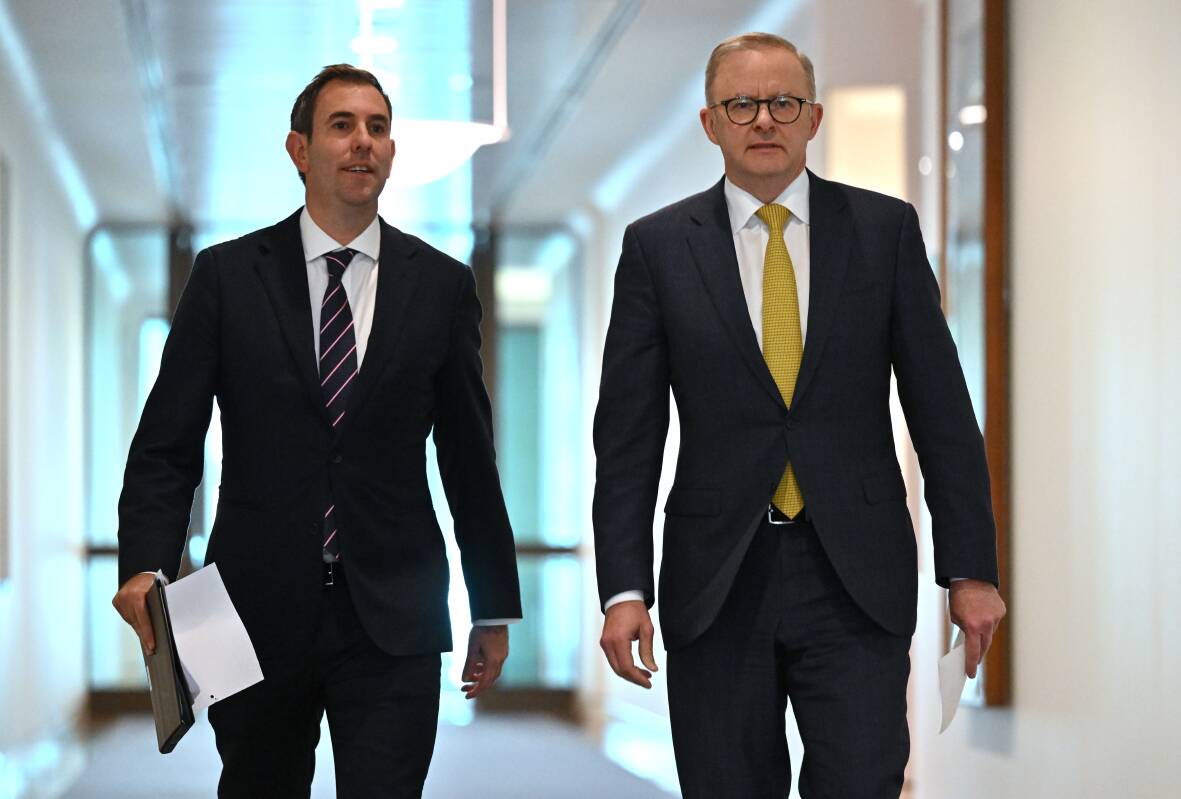
AS a result of the massive fiscal stimulus applied during the COVID-19 crisis, together with close to net zero immigration, Australia has effectively achieved full employment for the first time in 50 years.
However, this outcome is unlikely to be sustainable in the absence of measures to address longstanding supply-side issues, in particular the lack of investment in research, innovation and skills. It may be just a "sugar hit", underwritten by the latest commodity price spike.
What is clearly missing in Australia, by contrast with most other advanced economies, is a coherent and purposeful approach to industry policy.
This would identify our current and potential areas of competitive advantage and enable a coordinated approach to the industries and technologies of the future.
Let's reflect for a moment on where we are.
Unlike the Norwegians, with a resource rent tax and the world's biggest sovereign wealth fund to underpin the future diversification of their economy, we failed to take advantage of our once-in-a-generation commodity boom.
Essentially, the windfall gains from higher commodity prices have masked a structural deterioration in Australia's productivity performance as a high dollar made much of our trade-exposed manufacturing uncompetitive.
This was previously experienced by the Netherlands with North Sea gas in the 1960s. Next came the UK with North Sea oil in the 1980s, where deindustrialisation was accelerated by a consumption boom at the expense of investment.
Only Norway has seemed able to learn from these episodes, and is now well placed to grow high wage, high productivity jobs in carbon-neutral industries.
The narrowing of Australia's trade and industrial structure is reflected both in our precipitous decline in global competitiveness rankings and in the Harvard Atlas of Economic Complexity, which measures the diversity and research intensity of our exports. Here we rank 87 out of 133 countries.
Even resource-rich Canada at 39 has understood the need for energy transition and diversification of its export mix. How long can Australia maintain its first world lifestyle with a hollowed out third world industrial structure? Nothing is guaranteed, as Argentina found to its cost over the past century.
Combined business and government expenditure on R&D as a proportion of GDP has slumped to 1.79 per cent, compared with 2.2 per cent 10 years ago and 2.4 per cent on average across the OECD.
Some countries, such as Israel, Korea and Switzerland, are increasing their R&D spend to 4 and even 5 per cent of GDP. And the US has just approved the biggest R&D program in its history. In Australia, the new Labor government has committed to a $15 billion National Reconstruction Fund, and to a more coherent and cost-effective research and innovation system.
This might encompass a number of components, the first being a national coordinating agency, similar to those operating elsewhere, such as Sweden's Vinnova, the Netherlands TNO and InnovateUK.
The second is support for public research, including "blue sky" research, or there will be nothing to commercialise. Universities Australia estimates that a 1 per cent increase in research funding will generate an additional $24 billion for GDP over a 10-year period.
Third, while everyone favours increased industry-university collaboration, Australia lacks the institutional structures to conduct this at scale. Successful examples around the world, such as the German Fraunhofer Institutes, UK Catapult Centres and ManufacturingUSA Institutes, bring stakeholders together in innovation ecosystems.
Fourth, it has also become evident how important "place-making" is for innovation and entrepreneurship precincts. Many of these will be grown by the states, but there is scope for the Commonwealth to provide logistic and financial support on a cooperative basis, especially in Australia's regions.
Finally, industry policy will only be as successful as the skills that are brought to bear in the adoption of new technologies and business models. This is a question not just of funding but the most effective structures for capability-building, including closer integration of university and VET pathways.
Australia's future will not be determined by any single program or initiative but by a system-wide, policy driven transformation of our narrow and unsustainable industrial structure. Nothing less will enable Australia to diversify its trade mix and escape the path-dependency of its traditional reliance on unprocessed raw material exports.
Of course, mining and mining-related technologies will remain important to the Australian economy.
However, the focus can now shift to the much in demand critical minerals for newly decarbonising industries as well as to capturing entire value chains in areas such as battery manufacturing, green hydrogen production and, ultimately, green steel and green aluminium.
Despite the global challenges of inflation, supply chain disruption and the rapidly changing geopolitics of our region, the Albanese government finds itself in the best position in a generation to undertake a fundamental and long overdue reshaping of Australia's economy.
And reshape it we must.
Roy Green is Chair of the Port of Newcastle and the Advanced Robotics for Manufacturing Hub, and a member of the NSW Modern Manufacturing Taskforce

WHAT DO YOU THINK? We've made it a whole lot easier for you to have your say. Our new comment platform requires only one log-in to access articles and to join the discussion on the Newcastle Herald website. Find out how to register so you can enjoy civil, friendly and engaging discussions. Sign up for a subscription here.







